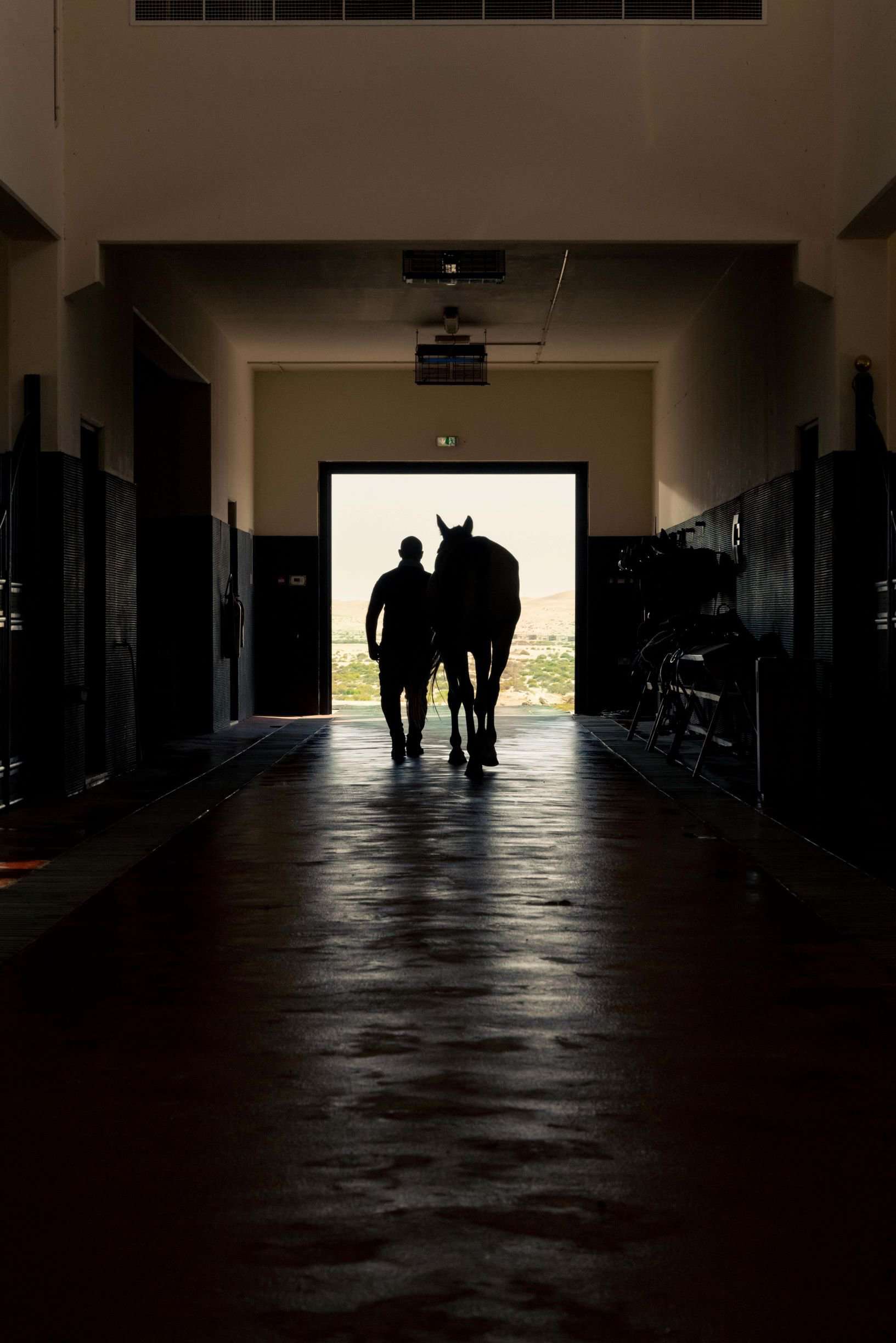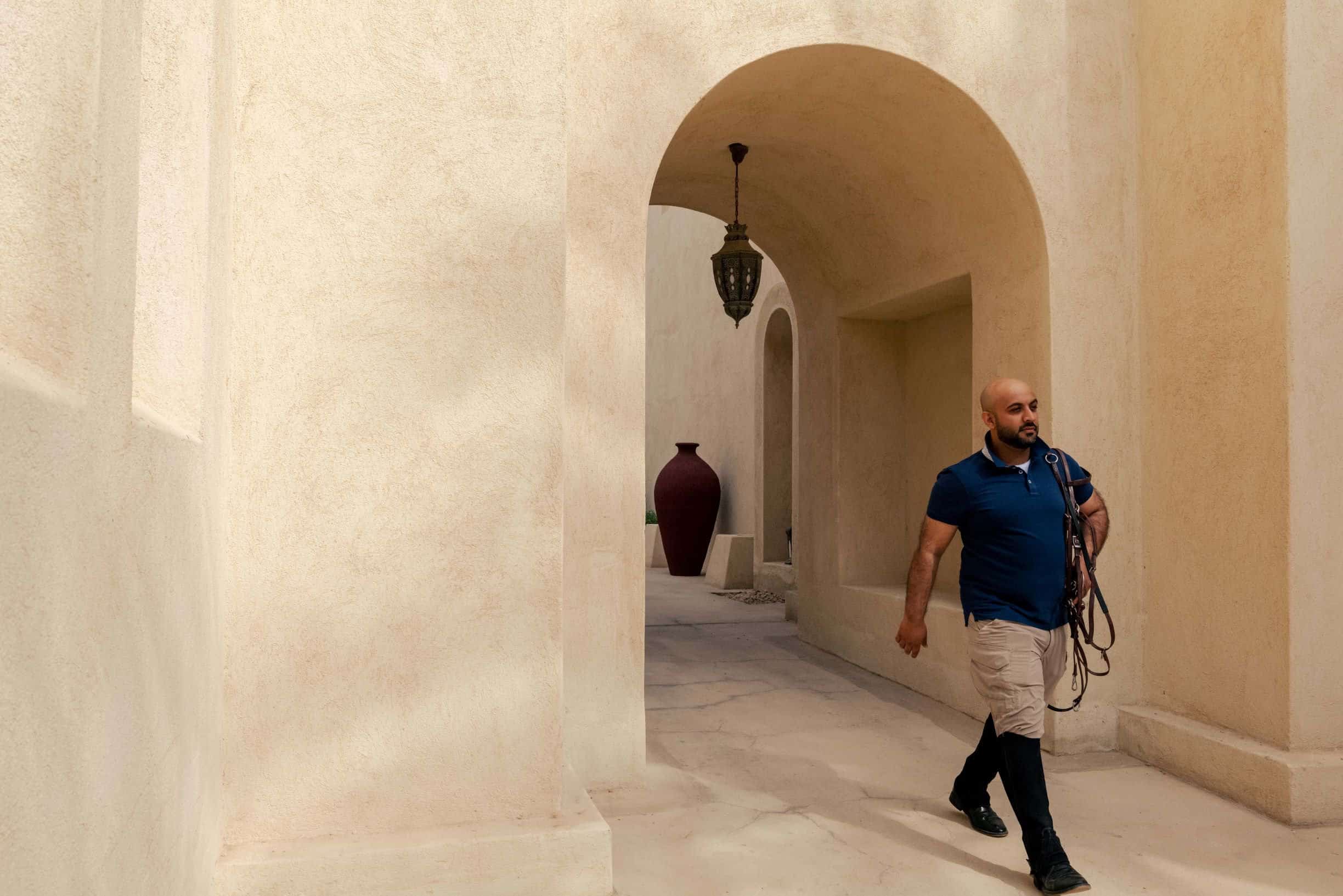
The Art of Arabian Horsemanship
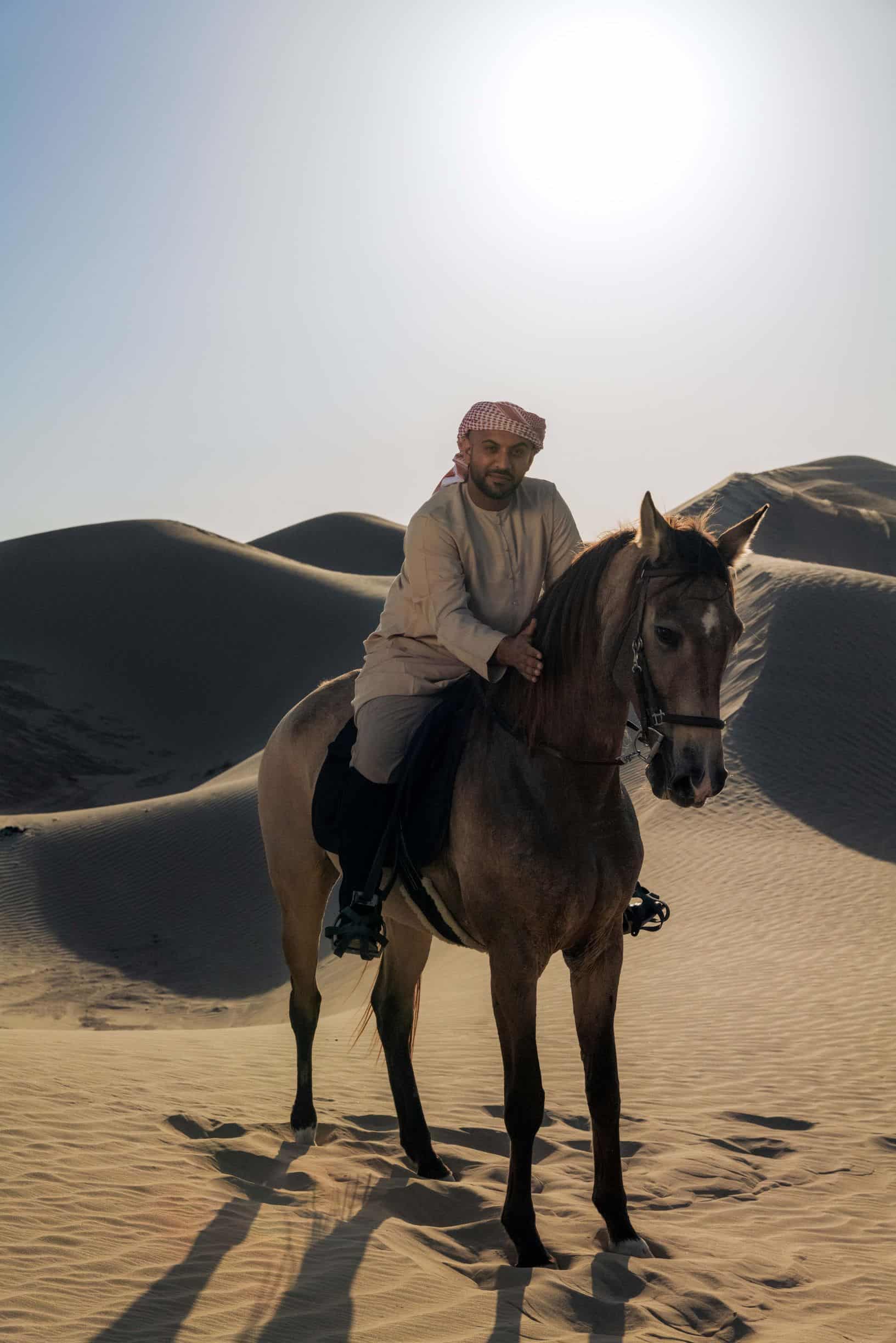
The majestic animal that fuels Hussein Ali Al Marzooqi’s passion.
For Hussein Ali Al Marzooqi, there’s no question of when he fell in love with horses. Horsemanship is in his blood. It is as much a part of his lineage as his eye color or height. As a world class, award-winning endurance racer and horse trainer, Al Marzooqi has devoted his life to passing on the art of Arabian horsemanship, and now, at Al Wathba, a Luxury Collection Desert Resort & Spa, Abu Dhabi, he invokes that same humility, love and homage across his stable of majestic Arabian horses. We sat down with Al Marzooqi to explore the origins of such passion, as well as how authentic Bedouin horsemanship has come to symbolize the Arabian virtues of respect, honor and connection.
Can you describe your role at Al Wathba?
My role at Al Wathba is horse trainer. I’m also the owner and trainer at the Al Koss Equestrian Company, which provides the horses and camels to the resort. I also represent the heritage and culture of the United Arab Emirates by showing the desert to tourists and visitors in an authentic way – in a way close to nature. I give them the sense and feeling of the traditional people of this country. On the horsemanship scale, like many other horsemen around the world, we like to promote this beautiful sport and the wonderful animal that has been one of the oldest companions since the dawn of history.
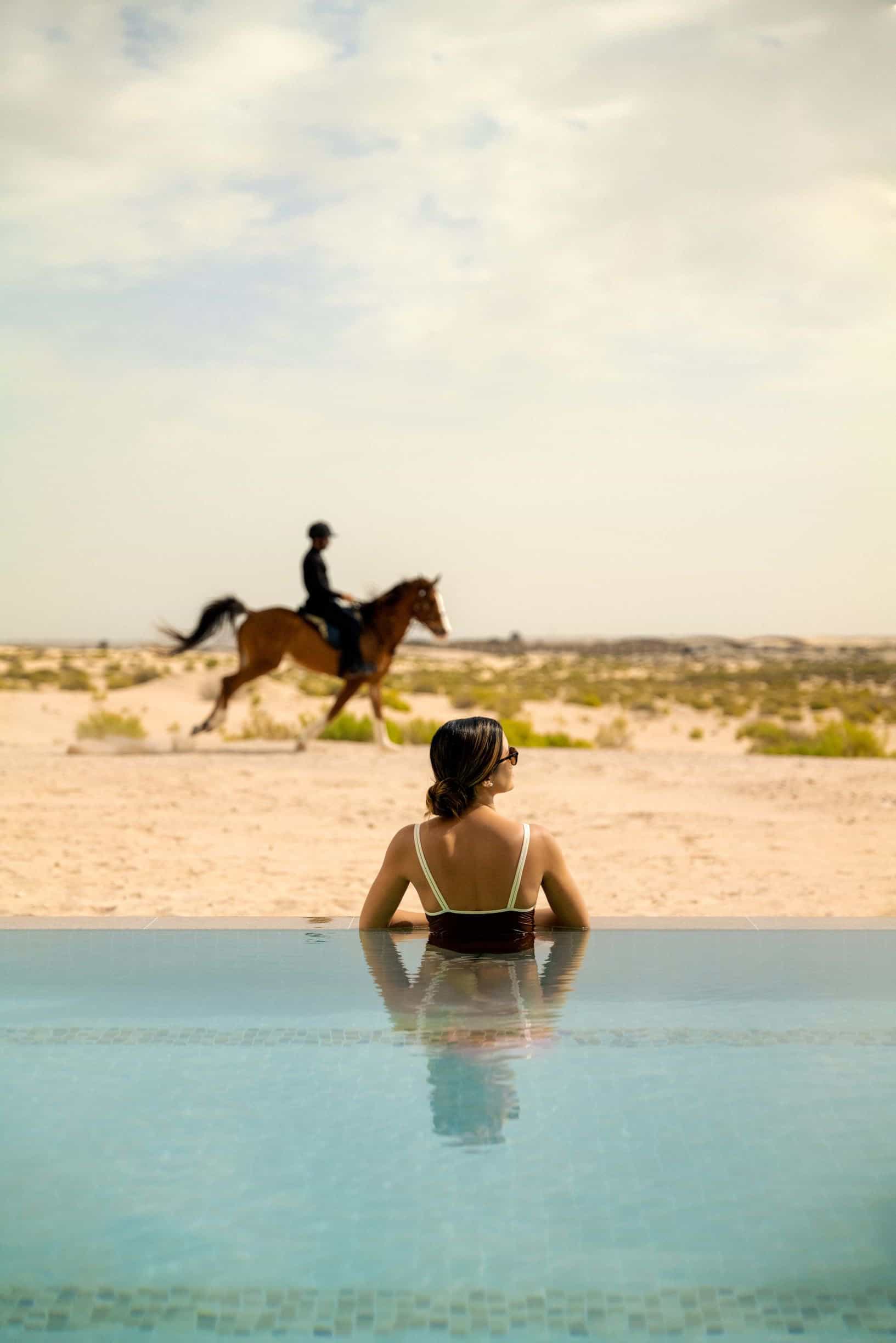
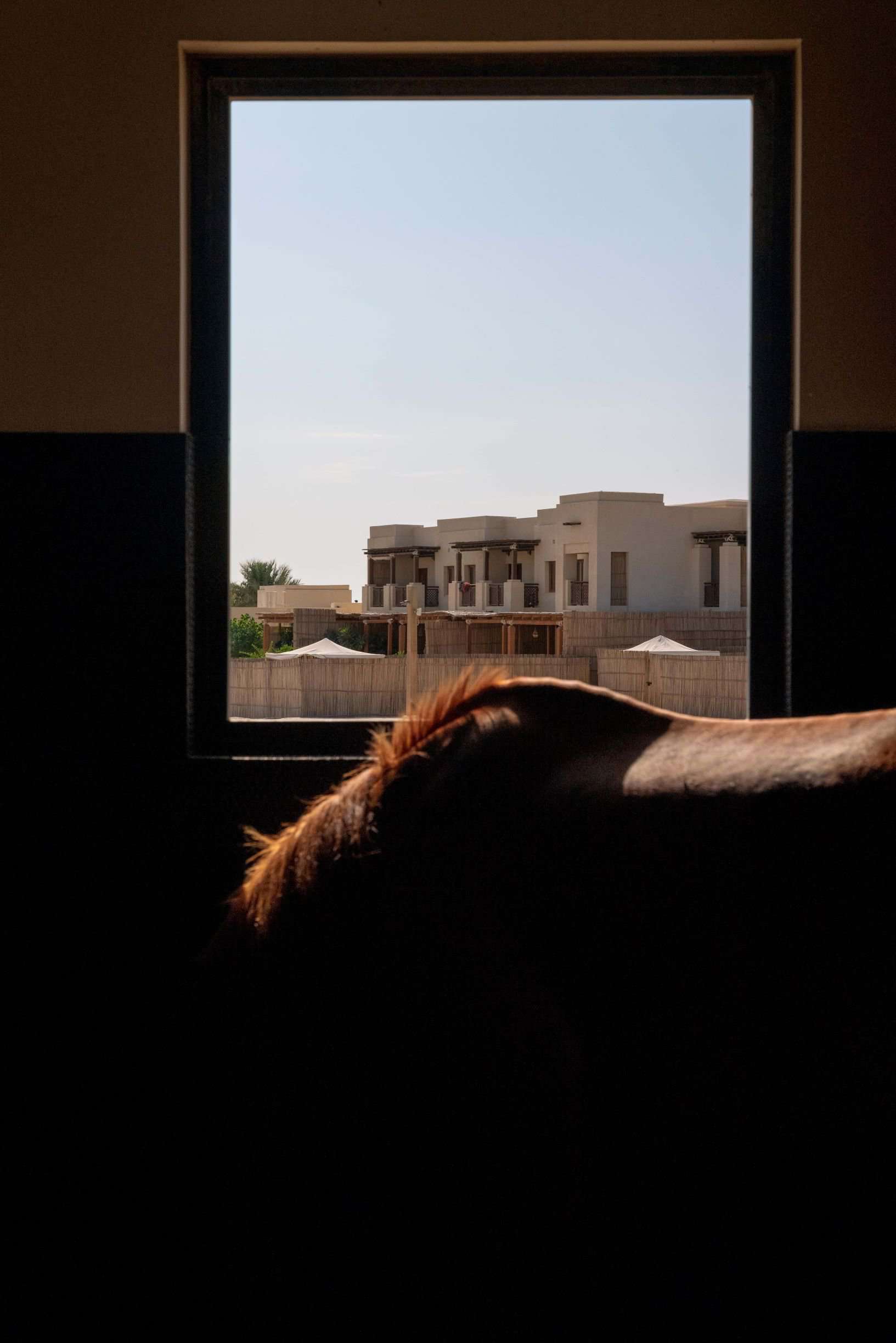
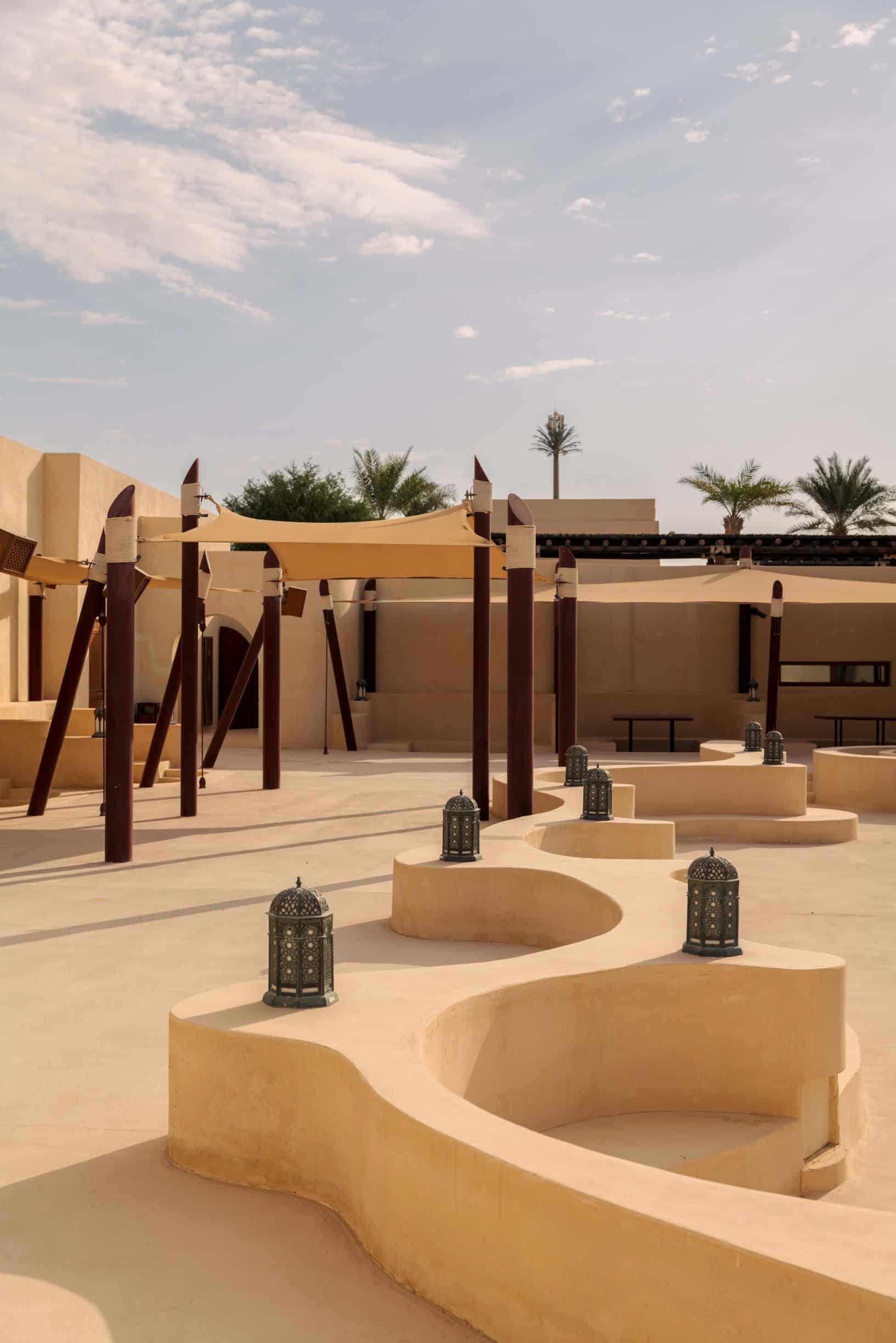
When did you realize you loved horses and what inspired you to get involved in horse training?
All my life, my family has been around horses, really since I was born. It’s a life that I grew up in and one where I really, really fell in love.
My father was the one who taught us how to ride horses. He also loved horses. We always say that there are two kinds of people in this world. There are those who love horses, and those who love to ride horses. I love horses. People who love horses enjoy everything about them, from riding to just being around them and taking care of them – even if the horse is not rideable or not able to serve or perform. We still love them for being horses. I was 16 when I decided to train endurance horses. At that time, in 2006, I was the youngest registered horse trainer in the United Arab Emirates.
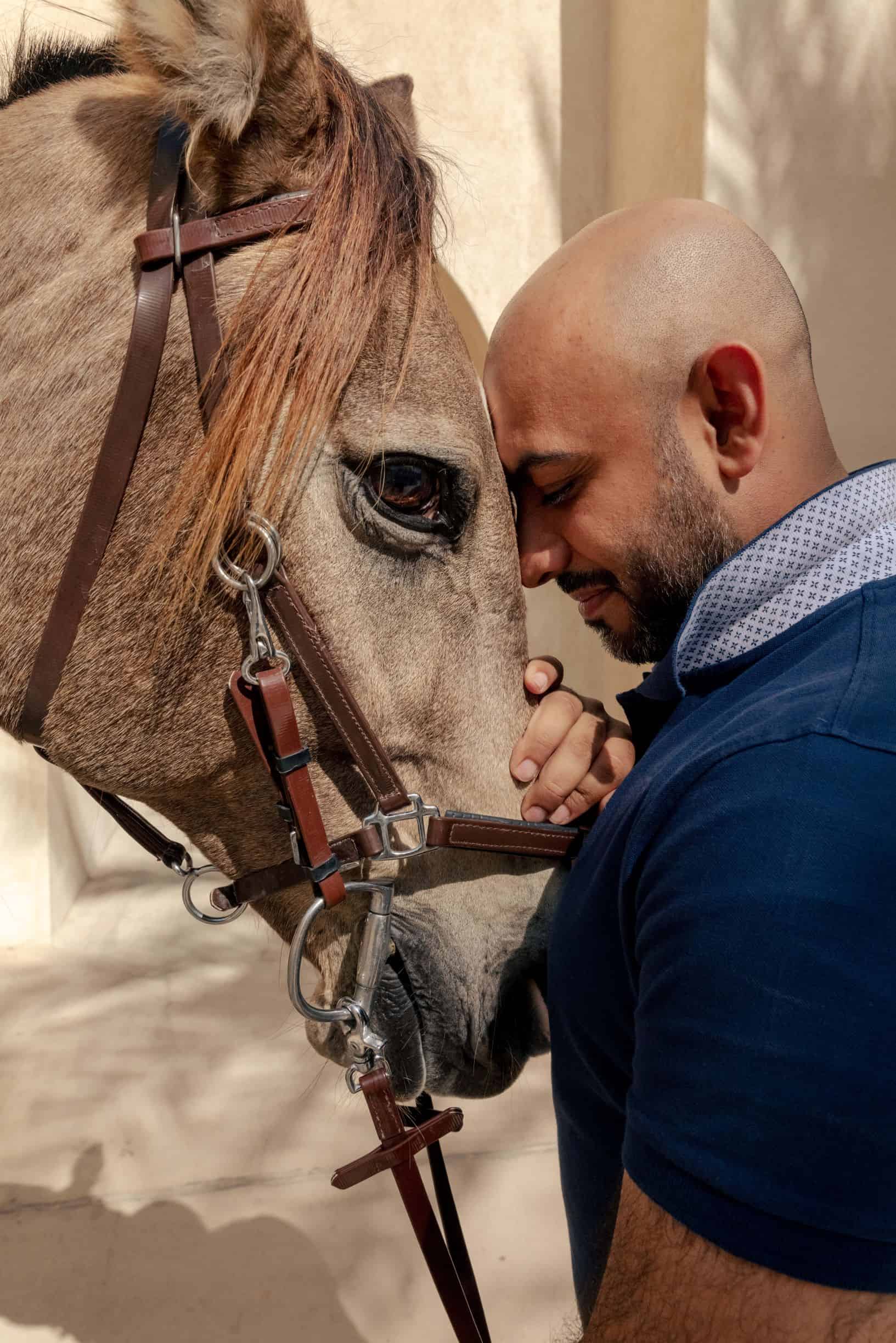
“There are those who love horses, and those who love to ride horses. I love horses.”
What’s one of your proudest memories on a horse?
In addition to horse training, I was also a professional endurance rider in races. In 2009, I was Junior World Champion. I was racing for many teams. Some of them were for the royal family, and some private teams with private owners. I also rode my own horses and my father’s horses. I loved being in the sport of endurance racing, which champions the Arab horse and Arab horsemanship as a sport.
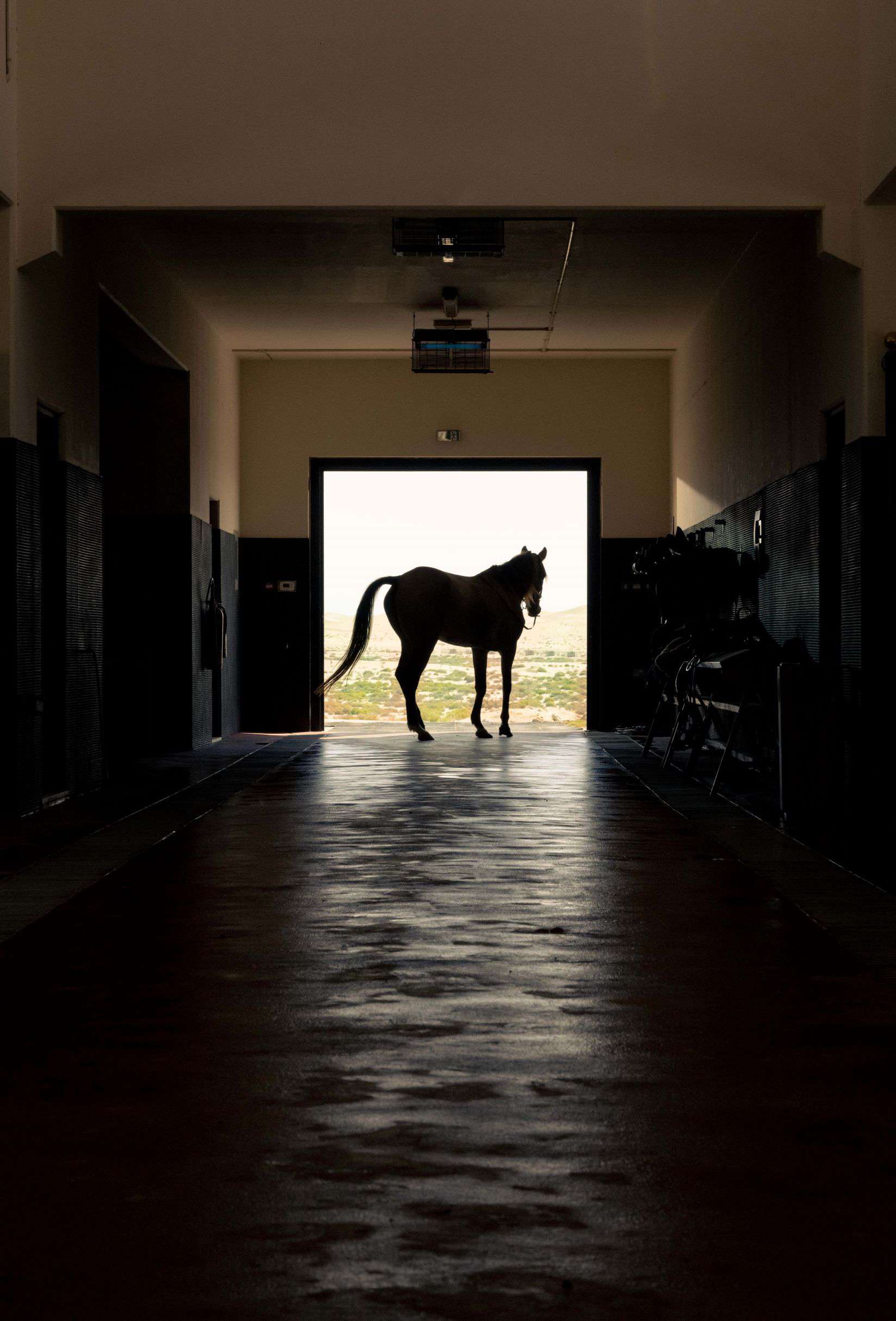
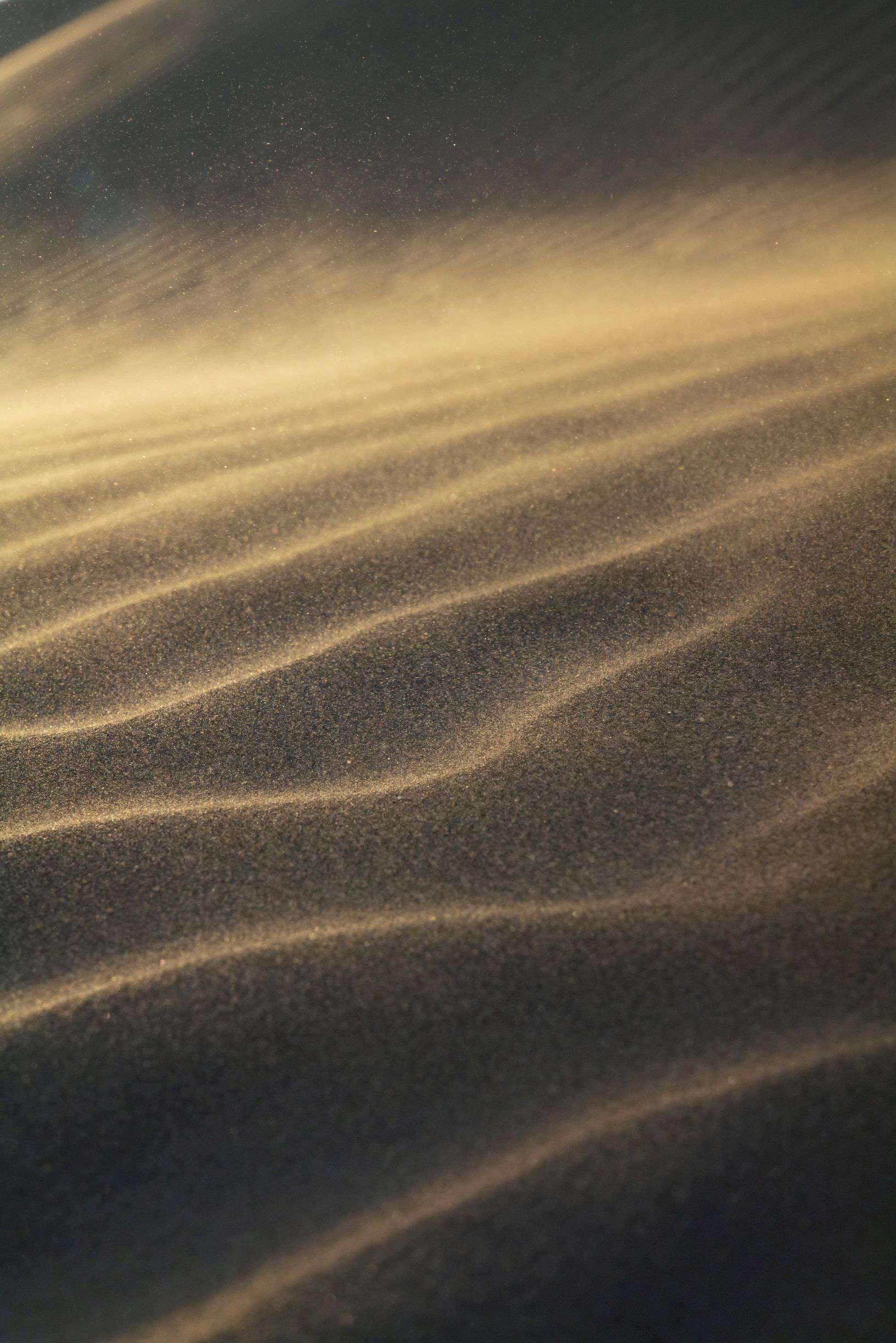
Can you define authentic Bedouin horsemanship? How does it differ from horsemanship in other cultures and regions throughout the world?
In terms of authentic Bedouin horsemanship, horses were kept by Bedouins traditionally for two reasons: they were for knights to ride and protect from a raid or to raid back and retrieve what was taken from raiders. Or they were for messengers. If a very important message had to go somewhere and cross the desert really fast, it would be on a horse, especially if the distance was not very long. Anything more than a two-day ride would be a camel messenger, but anything within a two-day ride that needed to be done fast was on a horse.
Hunting was also done on horses. Horsemanship was synonymous with the protector of the tribe and the provider of the tribe. If we look at all three roles, these roles are noble, self-sacrificing and for the better of others. These roles involve a lot of bravery and light that is shed upon you. You’re always in the spotlight when you’re a horseman, and that shaped the Arabian horse to become a very rugged, strong horse.
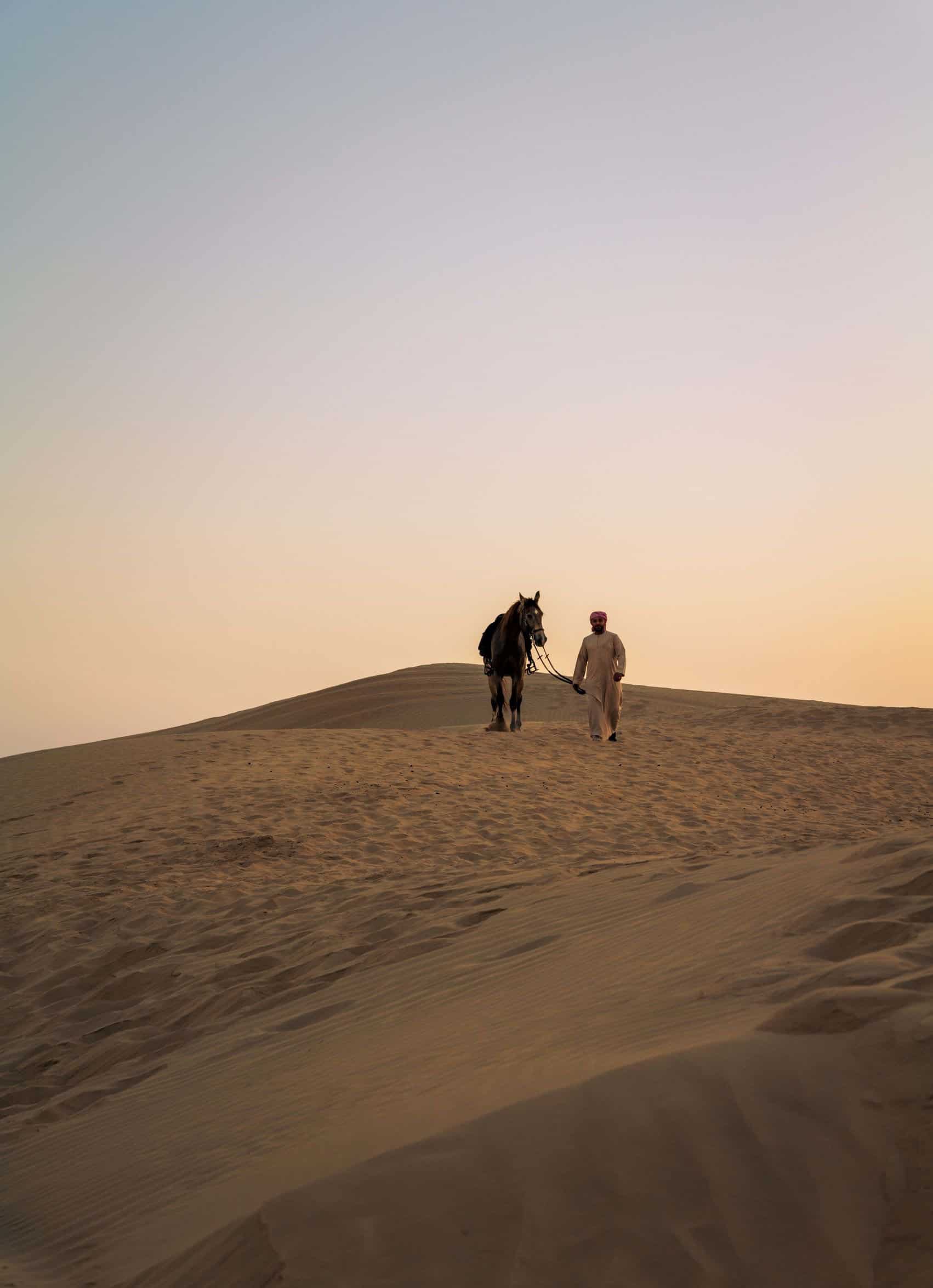
How does this form of horsemanship differ from Western horsemanship?
For one, we don’t say “break in” the horse. We say we “tame the horse.” We befriend the horse. That kind of mentality will show you the relationship between an Arab and their horse. It’s a relationship of respect. It’s a relationship of love.
The other thing is in the Arab world, it is frowned upon to sell your steed or give away your steed. Your steed was gifted. It wasn’t customary to treat them as cattle or to treat them as livestock. They were given a special and noble place. They were kept in the homes and in the tents on cold nights in the heat. They would share the children’s grain, and the family’s dates and milk. They weren’t left out like sheep and camels to herd and graze and fend for themselves in the desert.
Horsemanship depends on trust between the horseman and his horse. It depends on love and mutual respect. You will never see us wearing a spur. You don’t need to kick an Arab horse for it to run. Actually, you have to try to slow down an Arab horse, rather than getting it to go.
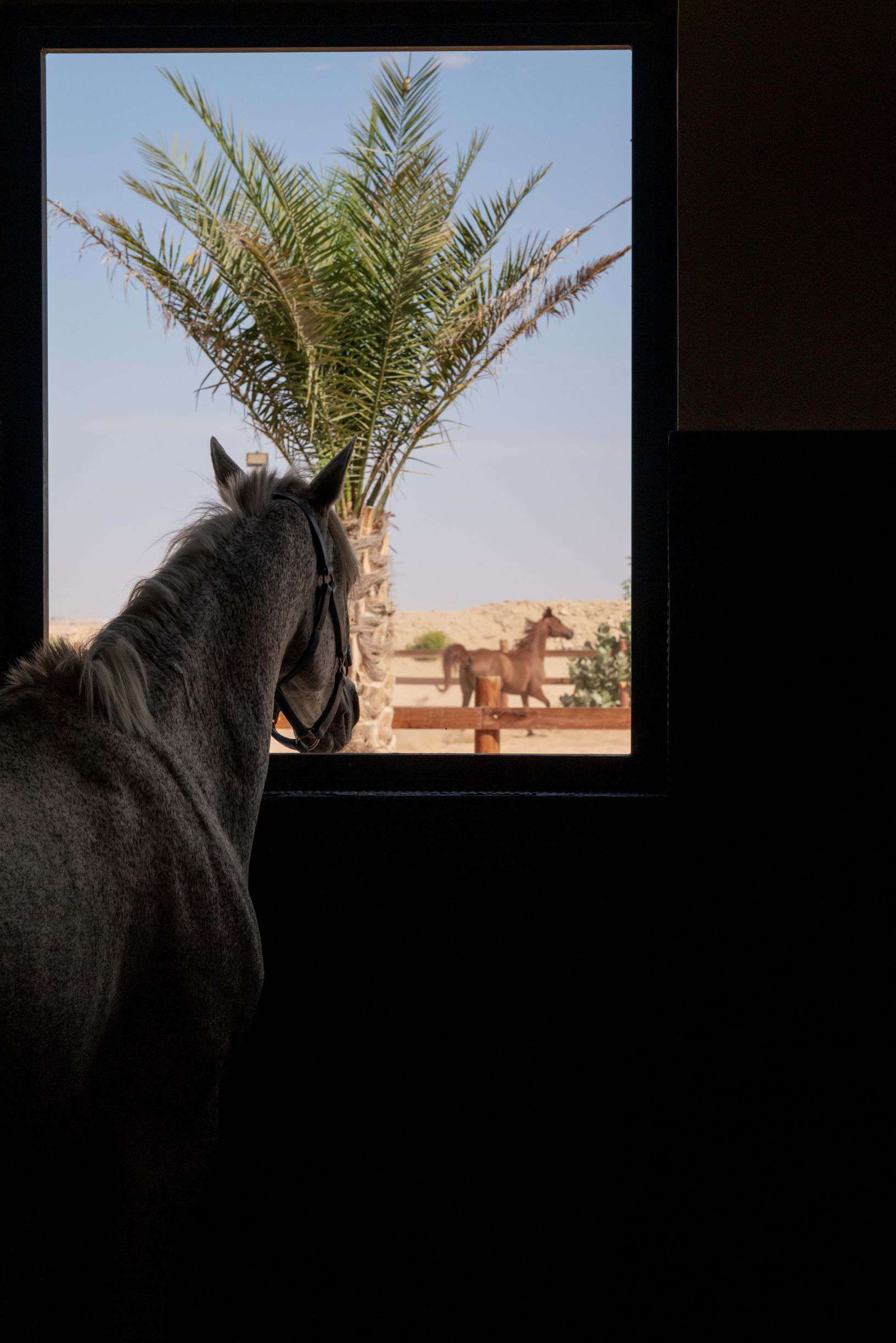
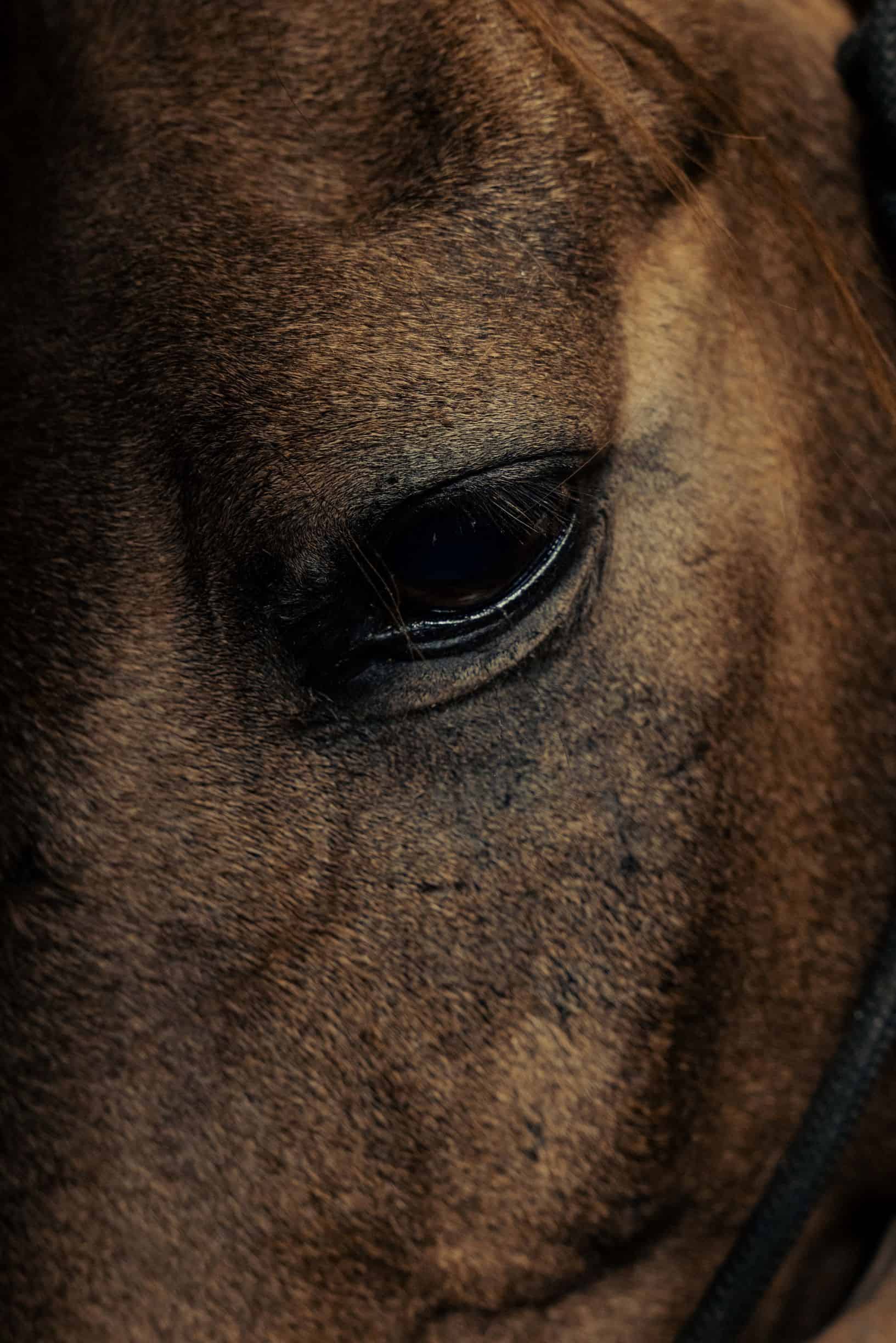
What makes Arabian horses so special?
All modern day sport horses today have some Arabian horse blood. After the Crusades, the Western civilizations and even the Eastern civilizations started to desire the Arabian horse and herd its champions in those battles. They wanted the Arabian horse. The Arabian horse is one of the first horse breeds that was subjected to selective and trade specific breeding. So they were bred for courage. They were bred for speed, and the Arabs kept records of their lineage like they did for themselves.
Also the harsh and arid desert environment shaped that horse to become a very enduring, strong and courageous horse. The fact that they were always treated so well made it very trustworthy and domesticated. So a lot of the modern day sport horses like your Spanish horse or your Portuguese horse, or your British or English thoroughbred – all of them have Arabian bloodlines injected in them to improve them as a breed. The Arabian horse has influenced most of the cold-blooded horses around the world to become warm-blooded, because it is the only purebred hot-blooded horse in the world.
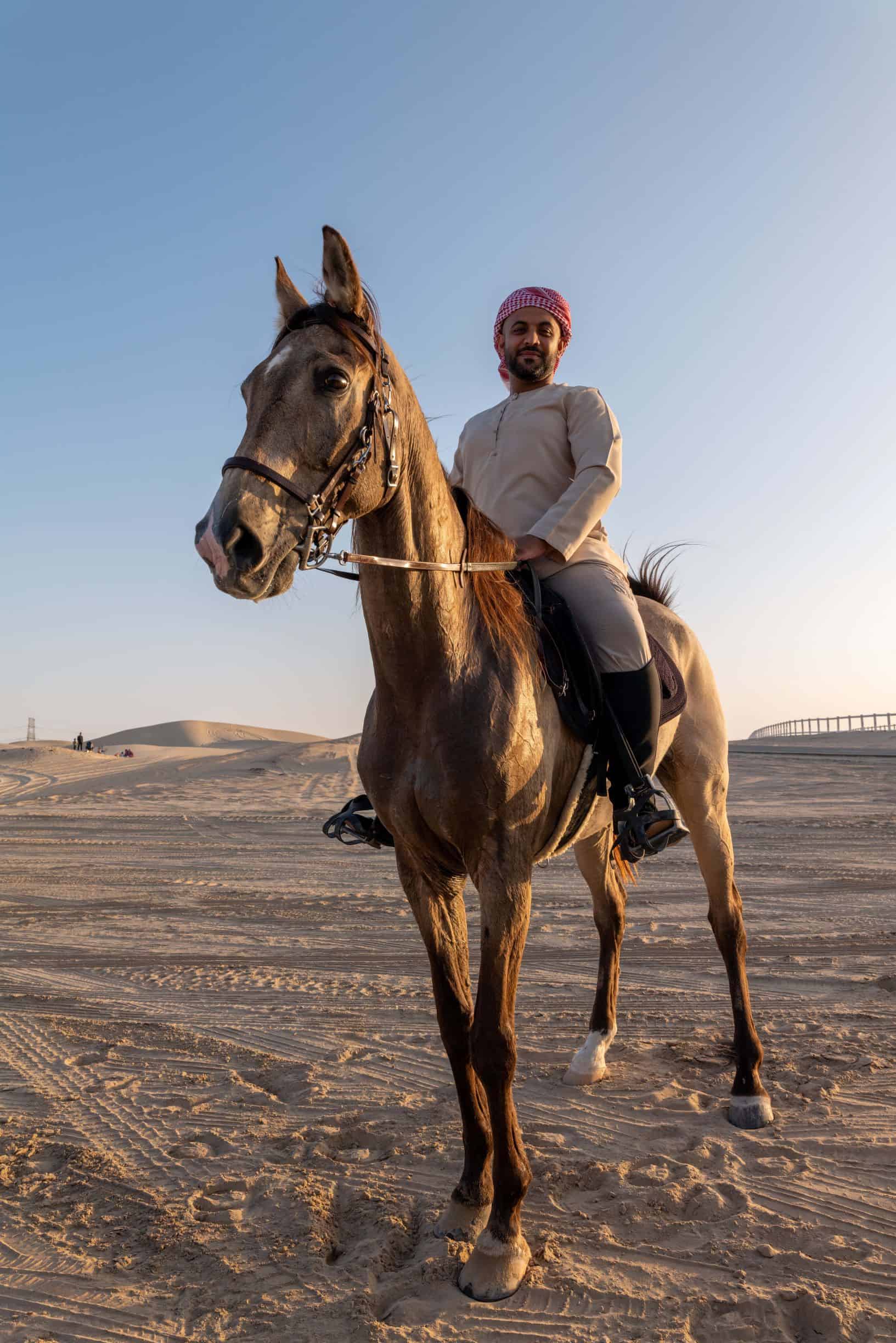
Can you tell us about the art of endurance racing?
Endurance racing happens on long distances. So in order to win an endurance race, you need to be the better horseman. You need to understand your horse, prepare your horse, understand the desert and understand the ground or the forest or the mountain, wherever this endurance race is being held. You must understand your competitors and their horses, their strong points and weak points and lay out a strategy to win the race.
In the United Arab Emirates, our national team is lucky to have the continuous support of the royal family to become one of the best endurance teams in the world. It is a national team that has lived and competed in the Emirates. I can tell you that we’re always there on the podium. If not first, it’s second or third, but we’re never off the podium.
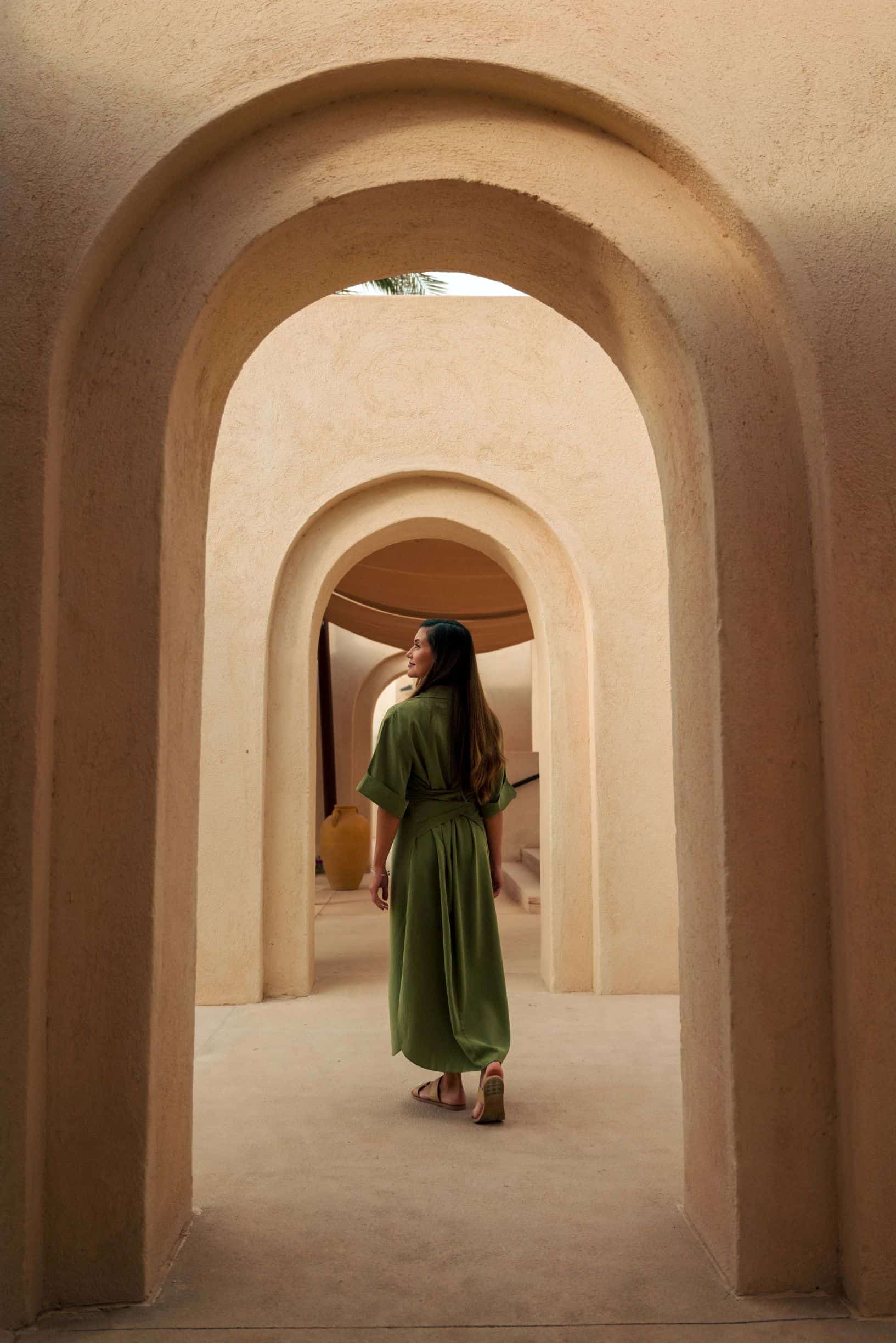
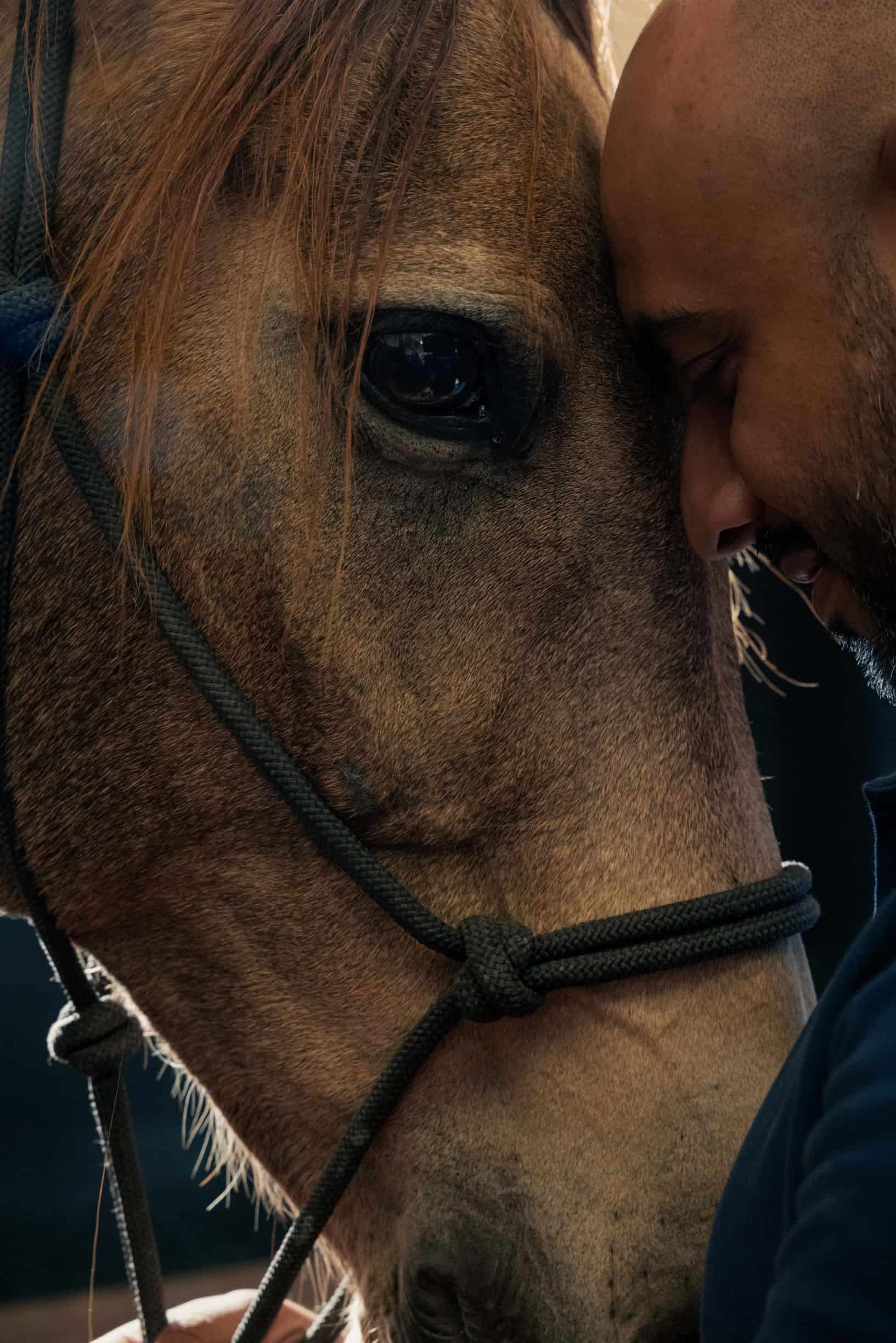
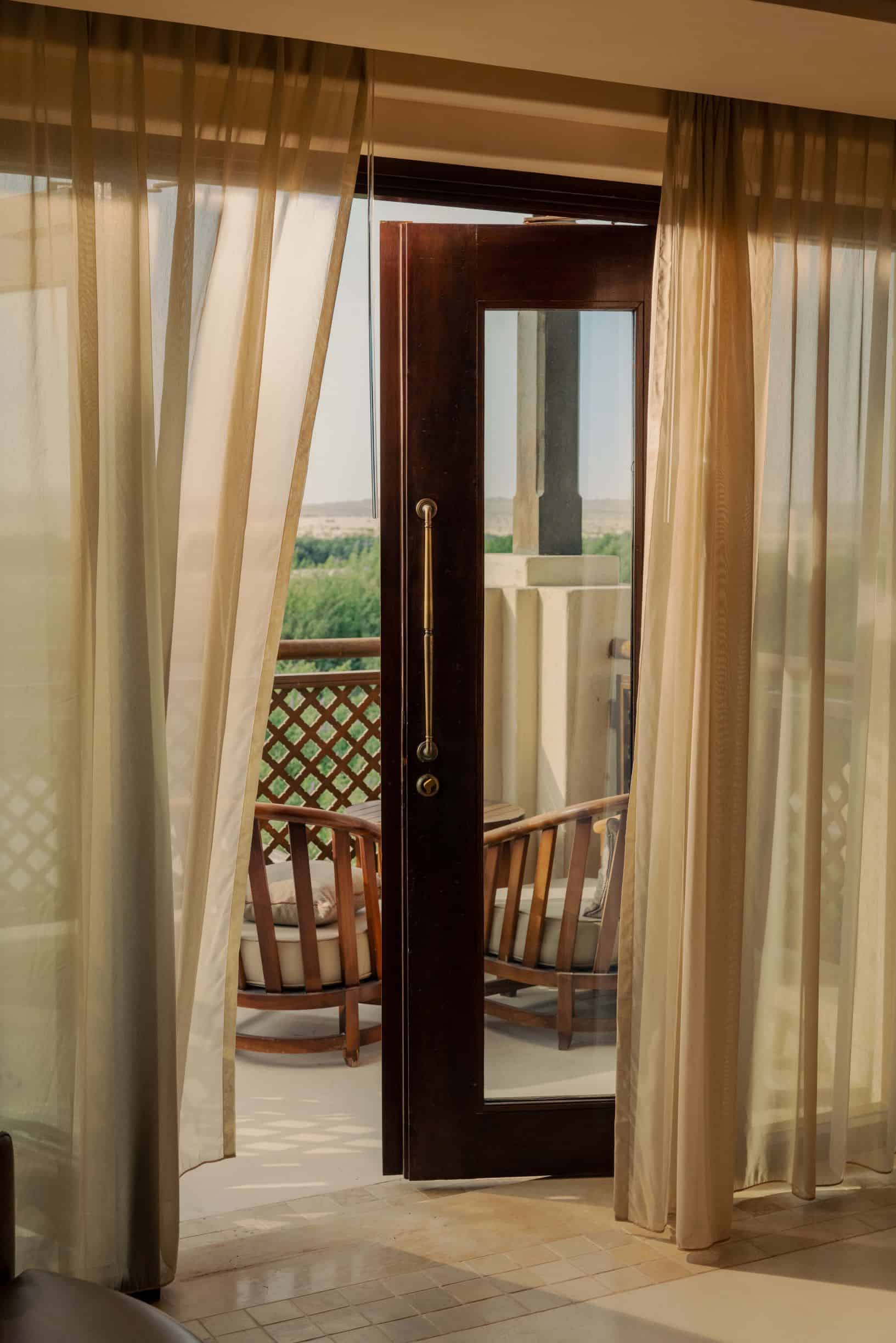
What virtues has horsemanship taught you, and how do you hope to instill them in guests at Al Wathba?
You’ll never be stronger than a horse. There’s two ways you will make that horse listen to you. One is by forcing the horse and it will backfire. The other is a humane, kind firmness that a father or parent would show their child. Only then will the horse listen to you. Horses instill a lot of confidence in people and a lot of humanity and passion. In our daily modern lives, many people come to the desert on their holidays looking for that humanity, for what it means to be human on this beautiful earth enjoying nature. Horses can be a very nice way to do that. You’re not the master of the horse. You are the partner and friend of the horse. You will learn the humanity, care and love of that horse, and that horse will give it back to you.
